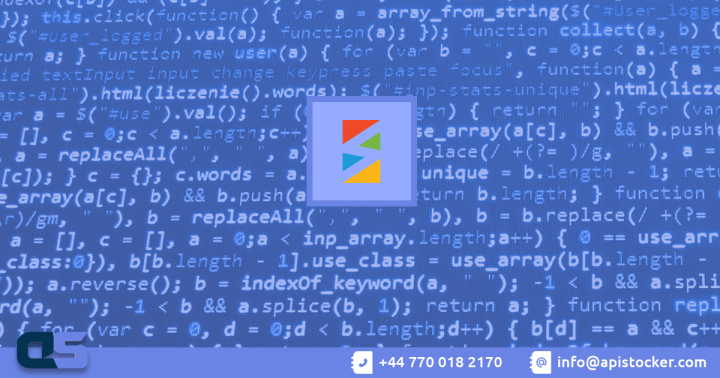LightGBM, short for light gradient-boosting machine, is a free and open-source distributed gradient-boosting framework for machine learning, originally developed by Microsoft.[4][5] It is based on decision tree algorithms and used for ranking, classification and other machine learning tasks. The development focus is on performance and scalability.
The LightGBM framework supports different algorithms including GBT, GBDT, GBRT, GBM, MART[6][7] and RF.[8] LightGBM has many of XGBoost's advantages, including sparse optimization, parallel training, multiple loss functions, regularization, bagging, and early stopping. A major difference between the two lies in the construction of trees. LightGBM does not grow a tree level-wise — row by row — as most other implementations do.[9] Instead it grows trees leaf-wise. It chooses the leaf it believes will yield the largest decrease in loss.[10] Besides, LightGBM does not use the widely used sorted-based decision tree learning algorithm, which searches the best split point on sorted feature values,[11] as XGBoost or other implementations do. Instead, LightGBM implements a highly optimized histogram-based decision tree learning algorithm, which yields great advantages on both efficiency and memory consumption.[12] The LightGBM algorithm utilizes two novel techniques called Gradient-Based One-Side Sampling (GOSS) and Exclusive Feature Bundling (EFB) which allow the algorithm to run faster while maintaining a high level of accuracy.
LightGBM works on Linux, Windows, and macOS and supports C++, Python,[14] R, and C#.[15] The source code is licensed under MIT License and available on GitHub.

